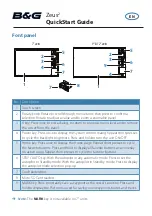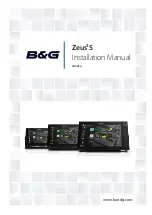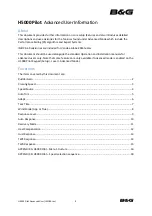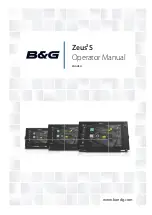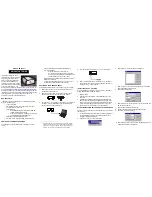
Figure 37. Appearance of Proximity-cards and keyfobs and possible variants of their readers
The terminal has the ability to connect temperature sensors to the 1-Wire interface using a two-wire circuit with
“parasitic” power. Power is supplied through the same wire as the signal, therefore: the connection is made by two wires
connected to the connector pins of the GND device (“ground”) and IBUT 1-Wire (signal and power).
Note:
In order to ensure better immunity with a significant length of the line connected to the 1-Wire interface, temperature
sensors based on the DS18S20 can be connected by a three-wire circuit with a separate stabilizer supply voltage of 3.5 -
5V sensors. There is no such stabilizer in the device.
In order the 1-Wire interface operates, the device must be powered up with the main power supply or connected by
USB. When it is powered by the built-in battery, the 1-Wire interface does not work.
The red wire of the temperature sensor and the center pad contact TouchMemory are connected to the 1-Wire
interface (pin 10, “1-Wire”). The black wire of the temperature sensor and the side contact of the TouchMemory pad is
connected to the negative contact of the device (pin 2, “GND”) or to the vehicle “Ground”.
Connecting sensors and TouchMemory pads it is important to observe the topology of the common bus. This means
that all sensors must be connected to one common two-wire cable (called as bus or trunk). It is important not to leave
open the end of the bus that is opposite to the connected device, it should be closed by the last plug-in sensor.
14
7
13
6
12
5
11
4
10
3
9
8
2
1
Fuse
(1A)
«GND»
«+»
«-»
Car battery
Temperature sensors
DS1820
Data
-
+
-
Data
+
-
Data
+
-
Data
Contact pad
Touch Memory (DS1990A)
Figure 38. Connection diagram for digital temperature sensors and TouchMemory contact pad
For networks sensors construction it is necessary to choose a “twisted pair” cable, as this drastically reduces the
effect of interference beat. It is recommended to use standard unshielded telephone wire with twisted pairs of category 5.
This cable is available with two or four pairs of wires. During sensors network laying it is possible to use any cable wires.
Unused wires should be left free at both ends, as their grounding increases the capacitive load. Guaranteed sensor operation
is provided with a tire length of not more than 15 meters. With a further increase in the length of the line on the signal
parameters, the electrical characteristics of the cable may be affected. If it is necessary to use a contact reader for DS1990
keys, it is advisable to connect it on the bus in front of temperature sensors, that is, closer to the device connector.
When contacting a key to the contact pad or Proximity-cards or keyfobs to their readers connected to the device in
operation mode, the information with the key code and the time it was contacted will be sent to the telematics server
(separate packet with this information).
Digital temperature sensor codes, keys, maps and keyfobs of the identification systems can be read in the NTC
Configurator program in the “Telemetry” window with external power connected to the device
Содержание SMART S-2433
Страница 11: ...Figure 14 Figure 15...



















